It’s no secret that kids vary greatly in their writing abilities! I think this is true at all grade levels – but especially in the primary grades.
Differentiation is a must, since our students are at so many different stages of development!
But what does that look like in concrete terms? How do we differentiate writing instruction when we have 20-30 students to consider? I’ll be exploring these questions in this post!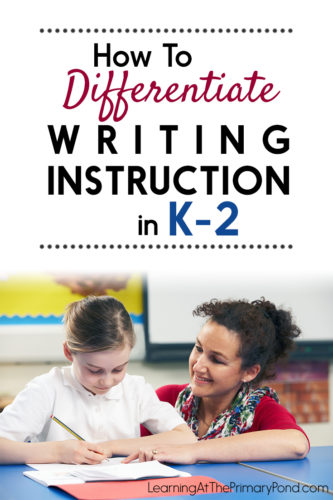
Essential Strategies for Differentiation
To some degree, writing is a task that allows students to differentiate on their own.
If a strategy is far beyond reach for a child, she’s likely not going to attempt it in her writing, even if it’s been introduced to her in a lesson.
Or if you notice that a student copies your topic or writes something very similar to your modeled example, maybe he needs that practice before he tries out the genre or strategy on his own.
And we can further differentiate for our students by implementing these 6 strategies:
- One-on-one writing conferences
- Small group writing conferences
- Differentiated writing paper
- Differentiated checklists or rubrics
- Individual goal setting
- Personal writing supports
In the next 6 sections, I’ll discuss each of these strategies.
One-On-One Writing Conferences
Individual writing conferences are one of the most powerful ways to differentiate your writing instruction! You can really focus in on what students are doing well and how you might help them improve.
I already went in-depth on writing conferences in a recent post. Make sure to read the rest of this post, but when you’re finished, check out this post about writing conferences for lots more information!
Small Group Writing Conferences
Small group writing conferences are another fantastic means of differentiation. They allow you to accomplish many of the same things as an individual writing conference, but they’re a bit more efficient because you can see 2-5 students at once.
Again, I have a recent post about small group conferences that you’ll want to check out, after you finish reading the rest of this post. You can find the detailed small group post here.
Differentiated Writing Paper
The paper we give our students to write on matters – and it matters a lot!
When I’m working with students in K-2, I almost always use writing paper, rather than journals or notebooks. I want my students (especially in K-1) to make the connection between the books that we’re reading and the books that they’re writing.
When young kids write in notebooks, they can get confused about where a piece of writing begins and ends (since there’s no clear first or last page). Sometimes their stories take up pages and pages, and they lose focus. This can definitely happen when kids write on paper, too – but it’s a little less likely, in my experience.
Additionally, having kids write on individual sheets or in stapled booklets gives us more opportunities for differentiation. Here are some ways that we can differentiate to meet students’ needs when we have them use writing paper:
1. Give some students paper with fewer/more lines than the paper most students are using.
This can help us a) challenge higher students to write more, or b) prevent struggling students from feeling overwhelmed or insufficient because they can’t fill up all the lines.
I never want to limit how much students write, so I clearly communicate that more paper is ALWAYS available. But fewer lines really can reduce anxiety, and more lines really can get students to write more!
2. Give students 3-page stapled booklets to use when writing stories.
This helps students structure their stories with a beginning (p. 1), middle (p. 2), and end (p. 3). I always start out my Kinder and 1st grade writers this way, and then I add more pages to the booklets as the year goes on.
However, if you have students (at any stage) who struggle with beginning-middle-end, giving them these structured booklets can really help!
3. Offer writing paper choices.
I usually start the school year with those stapled booklets. As the year goes on, I begin offering extra pages for kids to add to their booklets, and then eventually pages that kids can staple to create together to create their own books.
During nonfiction units, I offer pre-designed templates for things like a table of contents or glossary. Kids who are ready to include these text features can include them – and those who are not can omit them.
4. Offer choices for graphic organizers.
When I first introduce a genre, I require that all students use a certain graphic organizer to plan their pieces. But as the year goes on, I try to give them a little more choice.
Just like adults, kids think and plan in different ways. If I offer 2 different graphic organizers (that the kids already know how to use), this may help students better plan their writing – and they enjoy being able to choose, too!
5. Include word banks.
Word banks are great for:
- Supporting ELLs
- Helping out students who get nervous about spelling lots of new words
- Extending students’ vocabulary and encouraging them to use specific words
You can easily create a word bank by writing or projecting words on the board that kids can use while they are writing. I also really like to let kids have a word bank right in front of them, so they’re more likely to use it.
Check out the word bank at the bottom of this writing paper:
You can further differentiate by giving some kids paper with a word bank, and other kids paper without a word bank. I explain to the kids that we all need different supports to be successful, so they may not always have the same writing paper.
My differentiated writing prompt series allows you to quickly and easily print out writing paper with or without a word bank for students to use:
6. Include sentence starters.
Sometimes kids just don’t know how to get started, and sentence starters can help with this! Sentence starters can also help students organize their work, like these:
My differentiated writing prompt series allows you to print out the same writing prompt and paper with or without sentence starters.
Note: at the beginning of the school year, I don’t use sentence starters. I want my kids to grow accustomed to the expectation that they come up with their sentences independently. As the year goes on, I then introduce sentence starters. Sounds a little backwards, I know, but if I start with sentence starters for all of my kids, then they believe that they can’t write sentences on their own – and that’s definitely not what I want!
7. Include self-assessment checklists.
Sometimes I like to use drafting paper that includes a self-assessment checklist. These checklists are great for getting kids to consider whether or not they are really finished with a piece of writing – and if they have done their best work.
Check out the self-assessment checklist at the bottom of this writing paper:
My differentiated prompt writing series allows you to choose paper with or without a self-assessment checklist for each prompt. AND a generic editable template is included, so you can even create different versions of the self-assessment checklist for different students!
You can also grab some free kid-friendly checklists at this link!
Differentiated Checklists or Rubrics
Speaking of self-assessment…checklists or rubrics provide additional opportunities for differentiating our writing instruction!
Generally speaking, I have one main rubric for each of my writing units. We always use that rubric at the end of the unit, so that kids understand what the bare minimum is for their final, finished piece.
However, throughout the unit, I don’t always give all of my students that rubric. For some of my kids, those expectations are out of reach, so we need to start small. And for other kids, those expectations might limit them, because they can go far beyond what the rubric requires.
My revising and editing toolkit includes leveled rubrics and checklists for just this purpose. Each genre includes 3-4 different levels of rubrics (or checklists, both are included). You might have some students working with a Level A rubric, others with a Level B, and still others with a Level C. Or you could keep it simpler and just use 1-2 different levels. It’s totally up to you! 🙂
Level A checklist example:

Level B example:
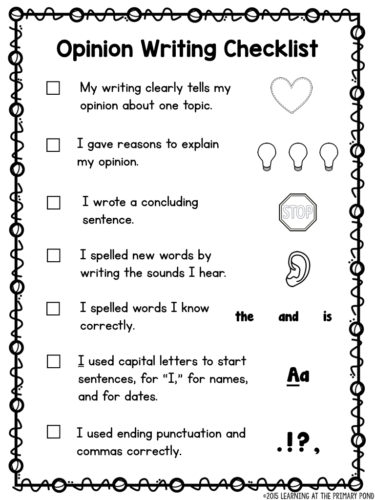
Level C example:
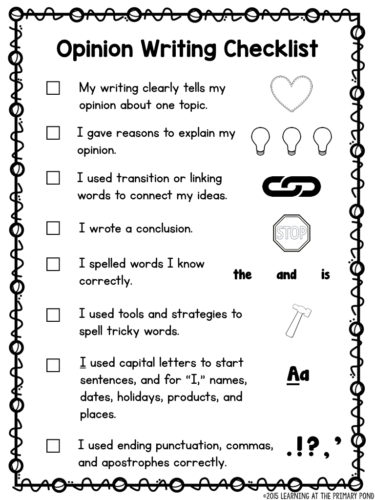
And even though I stick with one rubric for the end of the unit, it’s also possible to give students different “final” rubrics – it just depends upon your school’s expectations and your philosophy about differentiated assessments.
Individual Goal Setting
Helping students set writing goals is another means of differentiation. I’ve seen some class clip charts on Pinterest, but I like to give kids something more personal to look at, like this:
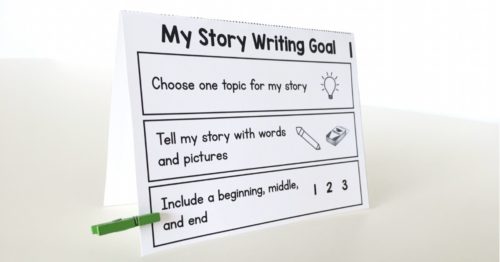
I printed this on heavier paper, folded it, and then used a mini clothespin to have students choose a goal. They can stand these up on their desks as a really obvious reminder!
Also, I encourage the kids to work on a goal for more than one day at a time. To make this easy, you might create a Monday routine where kids choose a writing goal for the week.
You can also discuss students’ writing goals with them (and give them guidance about what their goals might be) as you meet with kids individually and in small groups.
Personal Writing Supports
Last but not least, we can give our students printable tools for their writing folders to provide them with support!
I like to buy sturdy writing folders with three prongs in the middle. Then, I insert different printable materials that students can use as they write each day.
We can give all of our students certain tools, like an alphabet chart, vowel sounds chart, editing checklist, and so on (click the image to download them for free!):
You can get all of these tools (and more!) for free HERE.
Conclusions
I have to admit, when I first started brainstorming for this post, I really drew a blank. But the more I thought about it, the more I realized that there are SO many ways to differentiate writing instruction!
Most of these strategies are just so ingrained in my teaching practices that I don’t always think of them as differentiation. They have just become a constant part of my writing instruction. And ideally, that’s how we want our students to view them, too – just normal, everyday things that help all writers be successful.
Do you have any strategies to add to this post? Please comment below! And here are links to all of the resources mentioned in this post:
References
Mermelstein, L. (2013). Self-Directed Writers. Portsmouth, NH: Heinemann.

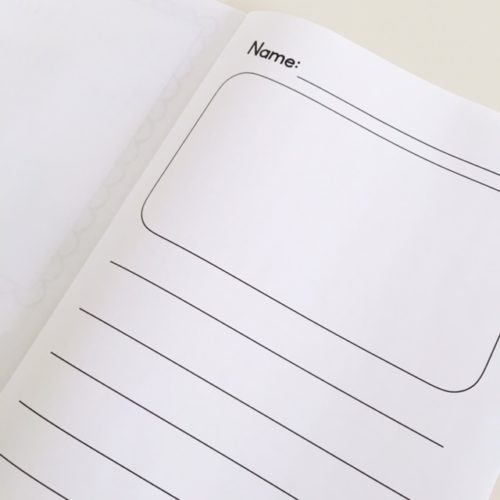
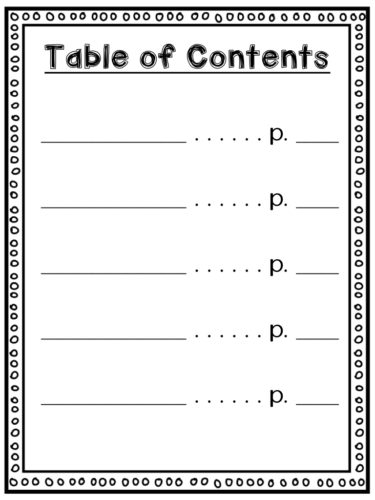
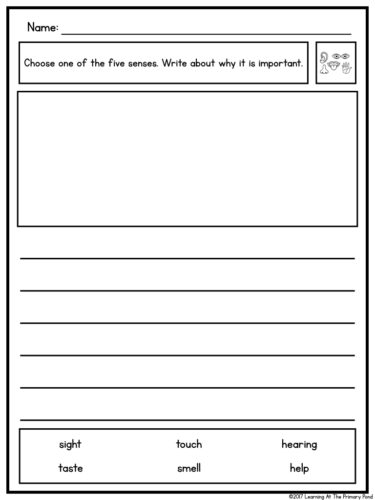
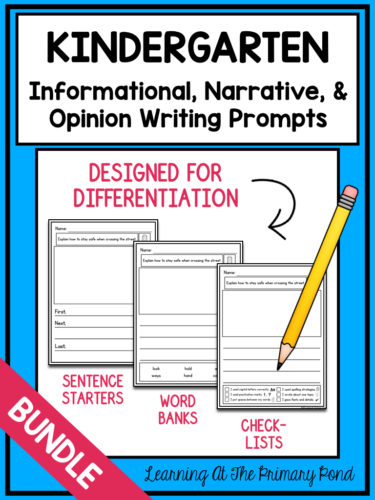
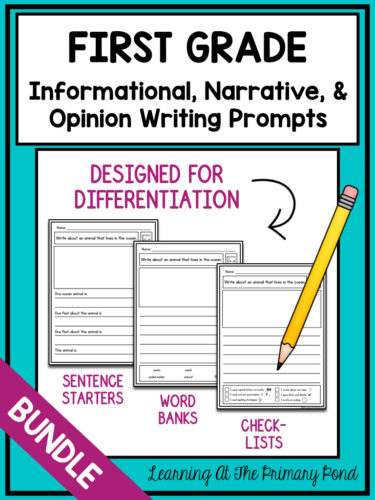
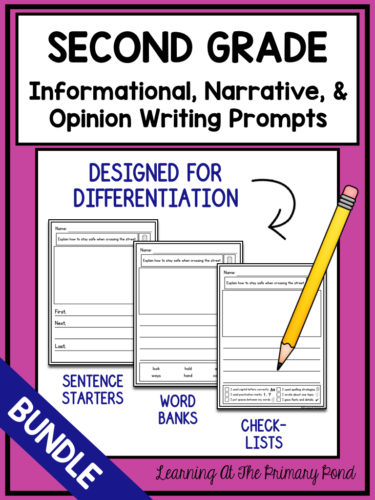
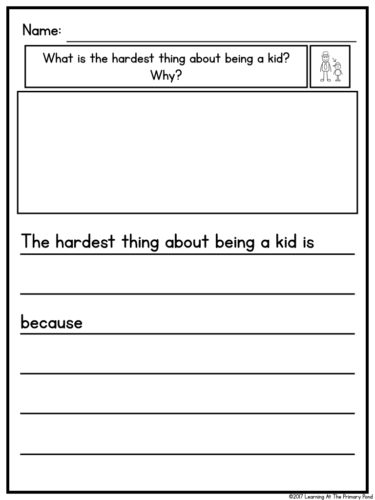


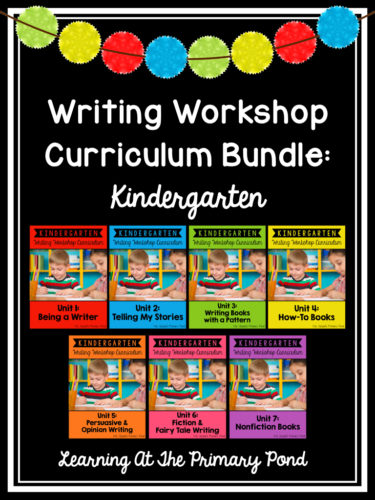
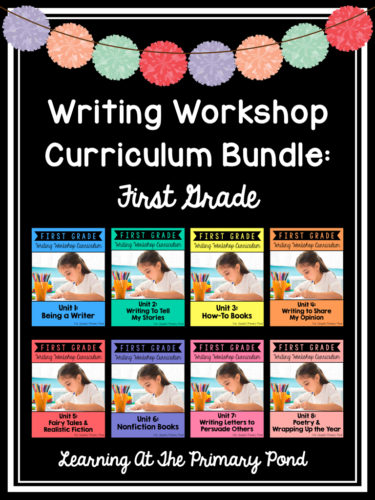
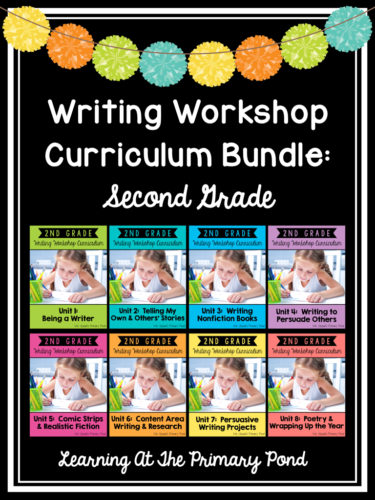
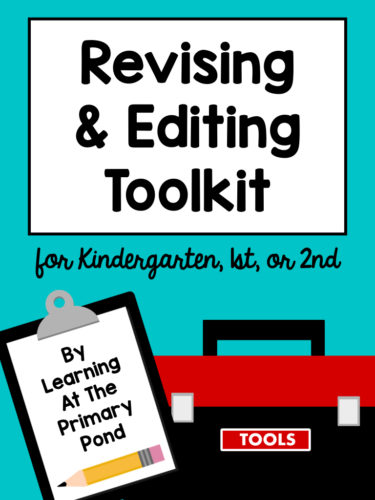

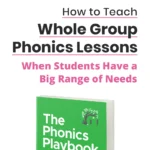
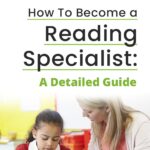

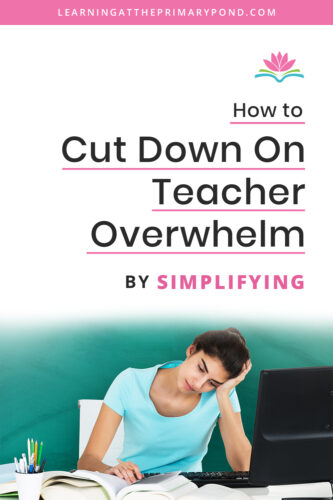







Thank you
Thanks a lot! Great information.
I can’t wait to start using these in class! I pictured exactly how I can start these strategies and hopefully get them excited about writing for the last quarter of the year 🙂 thank you!!
I’m so glad to hear that!! Thank you so much for reading and commenting!
Alison
Alison,
I bought the writing workshop curriculum bundle. Would it be useful for me to also buy the opinion, informational, narrative writing prompts packet or is all of that included in what I already purchased?
Hi Brenda! Those are separate. And I think it depends on personal preference / what other types of writing you’re already having the kids do. I like to alternate a unit in one genre (i.e. opinion writing) with 1-2 weeks of opinion writing. We go through the year like that, so they get practice with both types of writing. I hope this helps!!
Alison
Good information I have done a few of these same things in the past. Great to hear that my ideas are solid teaching practices. Thank you for the added information. 🙂
Sure, Jessica! Thanks so much for reading and commenting – I’m glad this was helpful!!
Alison
I tried to submit my information to download the free files, but I haven’t received anything from you via email. Is that still available or not working?
Hi! Was it the writing folder tools, or something else? Send me an email with what you needed and I’ll send it over! 🙂
Alison
Alison@learningattheprimarypond.com
Do you have the individual goal setting sheets for sale somewhere?
Hey Caitlin! Email me at Alison@ learningattheprimarypond.com. 🙂
Alison
nice ideas. i wonder if you know some strategies for differentaiting reading?
thank you
Glad the writing ideas were helpful! Click here for other blogs about differentiation. Hope this helps!
Very helpful blog. Thanks!
So glad to hear that!